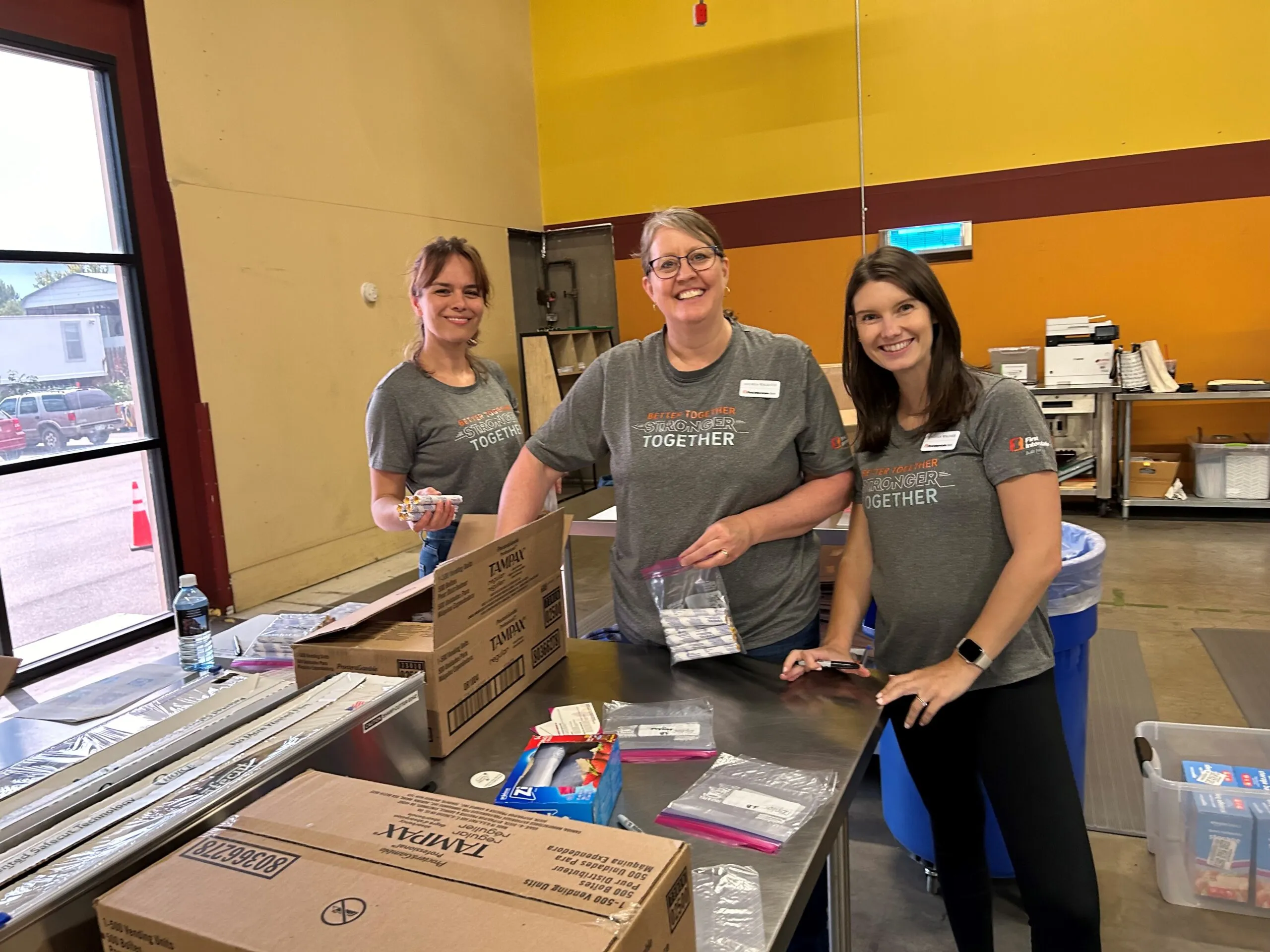Rising interest rates complicate commercial lending

Persistently rising interest rates are making commercial lending more challenging, but strong relationships between area banks and their clients are moderating the local impact.
“The Federal Reserve is raising interest rates with the purpose of slowing the economy to tamp down inflation. One byproduct of that is less loan demand due to the cost of borrowing across the industry, across the state of Colorado, really across the country,” said Mark White, executive vice president and president of regional banking for Independent Financial, which has 32 locations across Colorado. “Business is still happening, but everybody is adjusting and shifting based on the…
THIS ARTICLE IS FOR SUBSCRIBERS ONLY
Continue reading for less than $3 per week!
Get a month of award-winning local business news, trends and insights
Access award-winning content today!




